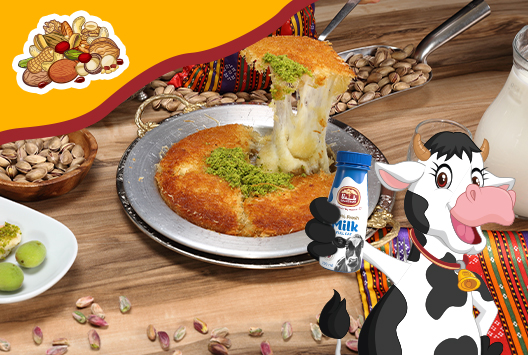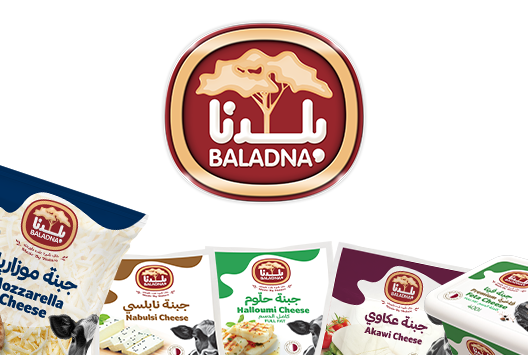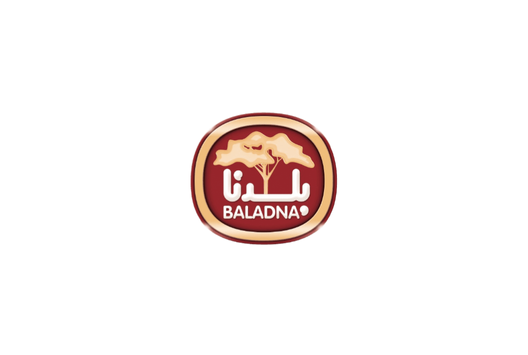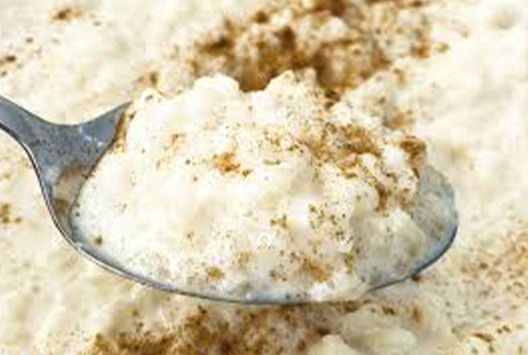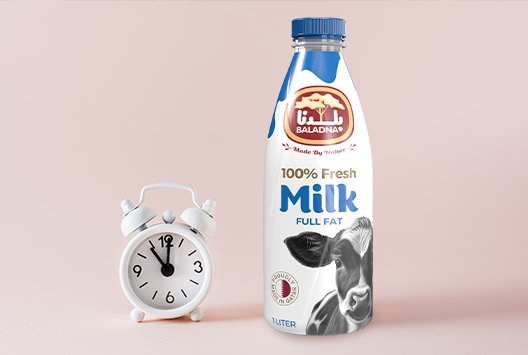
When Is The Best Time To Drink Milk? And What Are The Benefits?
While milk can be consumed at any time of the day, drinking milk at night can have several benefits. Drinking milk at night has been a long-standing tradition in many cultures for centuries. While some may argue that it’s an old wives’ tale, scientific evidence supports the benefits of drinking milk at night. Here are some ways drinking milk at night can improve health.
1. Helps people fall asleep faster
Milk contains tryptophan, an amino acid converted into serotonin and melatonin in the brain. Serotonin is a neurotransmitter that helps regulate mood, while melatonin is a hormone that helps regulate sleep. By drinking milk before bed, people can increase the levels of these chemicals in their brains, which can help them fall asleep faster.
2. Promotes healthier sleep cycles
In addition to helping people fall asleep faster, drinking milk at night can promote healthier sleep cycles. Milk contains calcium, which helps regulate the production of melatonin. By consuming milk before bed, people can help regulate their sleep cycles, leading to better quality sleep.
3. Improves psychological health
Drinking warm milk before bed can also have psychological benefits. The warmth and comfort of the milk can help people feel relaxed and calm, reducing stress and anxiety. Additionally, drinking warm milk before bed can become a comforting bedtime routine, improving overall psychological well-being.
Warm vs. Cold Milk
Milk is a staple in many diets and is an excellent source of essential nutrients such as calcium, vitamin D, and protein. It is consumed in many forms, including as a beverage, in recipes, and as a supplement. Meanwhile, milk's nutrient content remains the same regardless of temperature. Some differences exist between warm and cold milk.
Warm Milk
Drinking warm milk can have a soothing effect on the body, helping to promote relaxation and improve sleep. Warm milk can also help improve digestion and promote healthy bowel movements. Additionally, warm milk can be a comforting bedtime routine, enhancing psychological well-being.
One reason is that milk contains an amino acid called tryptophan, a precursor to the neurotransmitter serotonin. Serotonin is a chemical that helps regulate mood, appetite, and sleep. When you consume tryptophan, your body converts it into serotonin, which can help promote calmness and relaxation.
Cold Milk
Cold milk can refresh the body, making it an excellent option for hot summer days. Cold milk can also be used in smoothies or other cold beverages, making it a versatile ingredient. Additionally, cold milk can be an excellent post-workout beverage, as it can help replenish the body's fluids and nutrients.
Cold milk can also be used in smoothies or other cold beverages. It is a versatile ingredient that can be combined with fruits, nuts, and other ingredients to create unique and delicious drinks. Smoothies made with cold milk are an excellent way to get a healthy dose of nutrients while also enjoying a tasty and refreshing drink.

